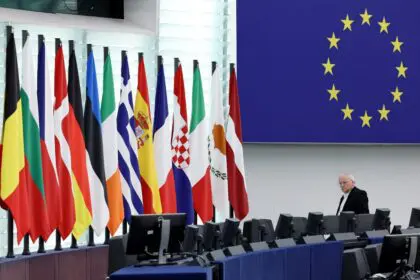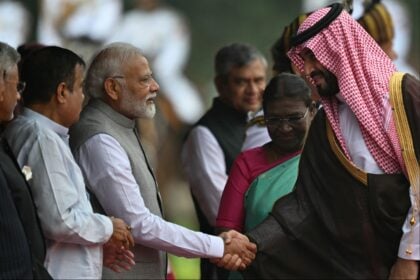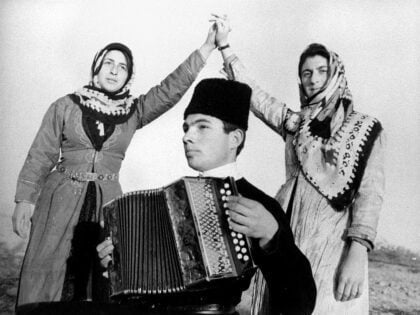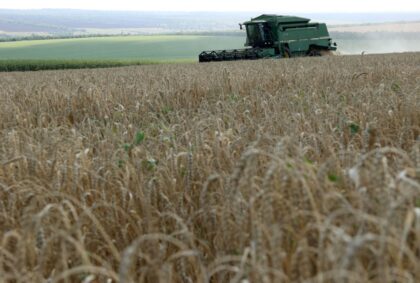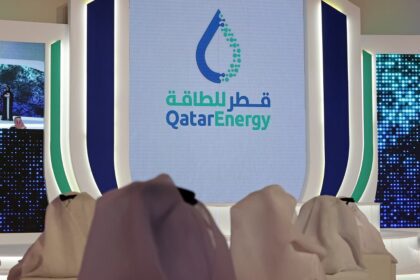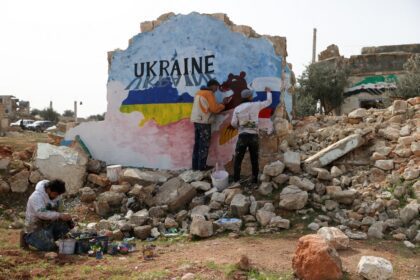
Russia is Back in the Middle East
Introduction
Russia is back in the Middle East, and is close to regaining the position it had until 1973, when Egyptian President Anwar Sadat switched allegiance from the Soviet Union to the United States of America (US).
The cooperation between Russia and Iran, which started over a decade ago, has been consolidated in Syria, the last vestige of the previous Soviet sphere of influence in the Middle East. The two countries have been successful in keeping Bashar al-Assad in power and changing the course of events in his favour. Russia has also helped Iran develop its nuclear programme, and forged strong military and economic ties. Seconded by Iran, Russia re-entered the Middle East.
Today, Russia has a presence in almost all of the Soviet Union’s former zones of influence, namely Syria, Egypt, Iraq, Yemen, Libya and Algeria. Furthermore, it is getting closer to the other non-Arab hegemon apart from Iran; Turkey.
Syria is Russia’s Middle Eastern headquarters. This is where Russia has its only Mediterranean port, in Tartous, and where it established a command centre supported by the Khmeimim Air Base. The Baath-led country, a Soviet ally since 1955, has benefitted significantly from Soviet and now Russian aid, in all fields. The regime’s survival, six years after the Arab Spring protests started, is largely credited to Russia’s patronage.
Russia is also influencing the politics of Egypt, where President Abdel Fattah al-Sisi is undoing Sadat’s legacy by turning increasingly to Russia, and thereby distancing the country from the US. The growing rapprochement has manifested itself in mutual visits by the countries’ leaders, subsequent talks about military and nuclear cooperation as well as economic aid and diplomatic alignments.
The other former US ally, Iraq, has been courting Moscow for several years. This has angered the American ‘liberator’ but failed to deter the Iraqis. They have moved ahead with oil and arms contracts and the establishment of an intelligence centre to coordinate operations in Syria, involving Russia, Iran and the al-Assad regime but not the US.
Russia’s embassy in Yemen receives frequent visits from the Houthi-allied former President Ali Abdullah Saleh. In Libya, the eastern strongman Khalifa Haftar is now a regular guest of Moscow, and the Tobruk government with which he is affiliated is avoiding international sanctions by conducting business with Russia, as evidenced by the Libyan banknotes printed in Russia. Libya was, under Muammar Qaddafi (1969-2011), a close ally of both the Soviet Union and Russia.
Algeria, on the other hand, never cut ties with Russia, and cooperation between the two countries remains strong, especially on the military level. From Algiers’ perspective, Moscow’s commitment to al-Assad, against all odds, is a sign that the alliance with Russia is safer and has more guarantees than the alliance with the West. Moscow’s loyalty to al-Assad is often contrasted with Washington abandoning its allies Hosni Mubarak (in Egypt) and Zine el-Abidine Ben Ali (in Tunisia) in 2011.
Moreover, Russia is getting closer to countries which were previously considered traditional US allies. Turkey is the most famous example, but Israel, the United Arab Emirates and Saudi Arabia are others. Tunisia is also receiving regular visits from Russia.
What we are witnessing, in fact, is the return of Russia, after two decades of hibernation, to the world stage. Russia, heir of the Soviet Union, has been publicly humiliated by America and American allies since the late 1980s: the Soviet defeat in Afghanistan, the Eastern and Central European revolutions, Iraq, Yugoslavia, the Colour Revolutions, etc. The latest such humiliations came in 2011, when NATO pushed for the toppling of the regime in Libya, and in 2014, when the EU backed the anti-Russian revolution in Ukraine.
The Middle East therefore represented the best forum for a show of force by Russian President Vladimir Putin. Ironically, it is the Arab Spring – which Russian media outlets criticize continuously – that has allowed Putin to achieve his goal. Apart from the 2008 invasion of Georgia and the 2014 intervention in Ukraine, Russia’s big game has played out mainly in the Middle East, starting in 2015 in Syria.
Russia’s advance occurred at a time when the US decided a geostrategic shift, what former Secretary of State Hillary Clinton referred to as the ‘pivot to Asia’. The vacuum left by the perceived US retreat allowed Putin to instigate a series of bold moves. be it fully investing his army in Syria to save his ally al-Assad or impeding on Washington’s newly created zone of influence in Iraq through contracts and agreements.
Moreover, with the election of Donald Trump in November 2016, the trend of withdrawal looks likely to continue. Russia will therefore keep consolidating its position in the new world order that is emerging. The Russians, additionally, need the Middle East to fix their economy: Oil and gas contracts, as well as reconstruction programmes and arms sales, will help greatly.
Some call this the end of liberal democracy, others refer to the birth of a multipolar system. Still others equate Russia’s return with the return of Germany in the 1930s, which led to its transformation into an avenging and destructive force. If the latter proves to be the case, there are legitimate grounds for concern.
Latest Articles
Below are our latest articles concerning Russia and the Middle East and North Africa.


